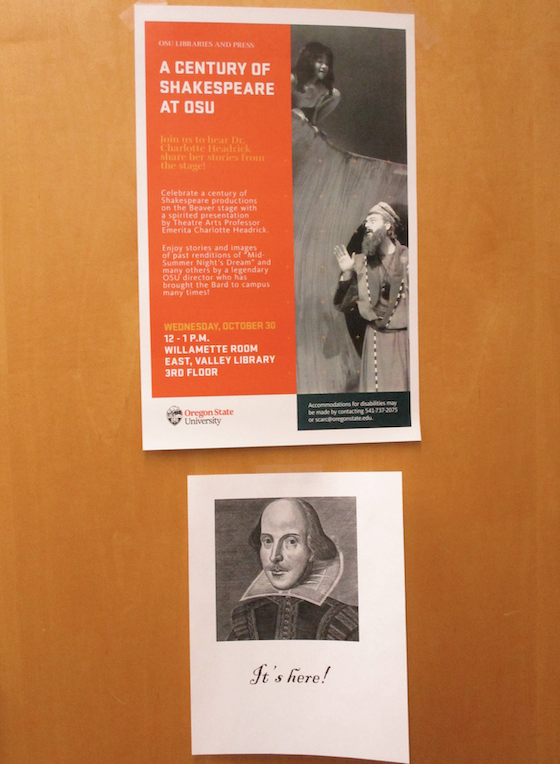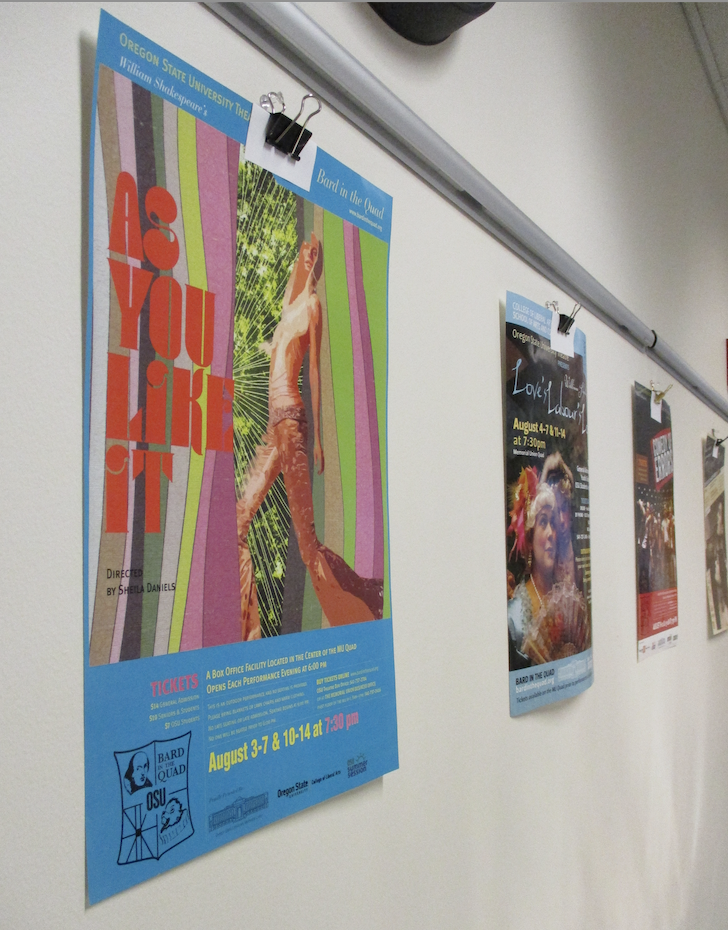During the month of August, the Resident Scholar Program at the Special Collections & Archives Research Center hosted Kali Furman, a PhD candidate in Women, Gender, and Sexuality Studies here at Oregon State University. During her term of residence, Furman conducted a case study analysis of the formation of the Difference, Power, and Discrimination program at Oregon State University. The program was instituted by the university in the 1990s to promote diversity and social justice education in response to a string of racist incidents involving Oregon State students. While conducting the case study, Furman focused on what historical, contextual, and institutional factors come together to enable critical social justice education programs to take root and find success in higher education.

Furman’s presentation of her research, titled “Student Activism and Institutional Change: A History of the Difference, Power, and Discrimination Program,” provided an overview of the social climate on Oregon State’s campus and the surrounding Corvallis community in the 1990s. Furman specifically documented a span of a few days in 1990, when multiple students of color were verbally assaulted by white students, leading to public protests and other forms of unrest on campus.
OSU President John Byrne responded to these high-profile incidents by tasking a commission to investigate them and to provide him with recommendations for moving the university forward. Furman’s research indicates that student leaders were not satisfied with this course of action, and that they demanded that the university implement required coursework related to issues of multiculturalism and diversity. Initially the administration was slow in its adoption of this idea, but by the 1991-92 school year, the Affirming Diversity Course Development Committee had been formed, which ultimately grew into the Difference, Power, and Discrimination program that exists at OSU to this day.
The creation of the program was a major success for student leaders and concerned faculty, but obstacles remained throughout the course of the decade. In particular, budget cuts enacted for the 1997-98 academic year threatened the existence of the program, which again caused protests and dissatisfaction among the student body. This time around, both students and the community rallied around the DPD program, publicly expressing their feelings about the value that the program brought to the student experience and the broader culture of Oregon State University. In response to this outcry, the OSU Provost’s Office provided interim budget support for the program, which finally received more stable funding in 2002.
For nearly thirty years now, the Difference, Power, and Discrimination program at Oregon State University has worked to develop a comprehensive curriculum that promotes diversity and social justice, while addressing institutionalized systems of inequity. A component of the university’s Baccalaureate Core, the DPD program also sponsors guest speakers, film festivals, informal workshops and seminars, and other special events.



